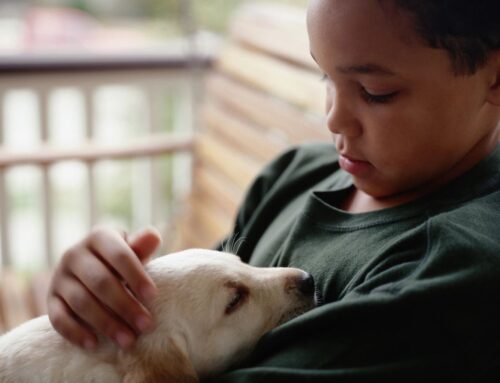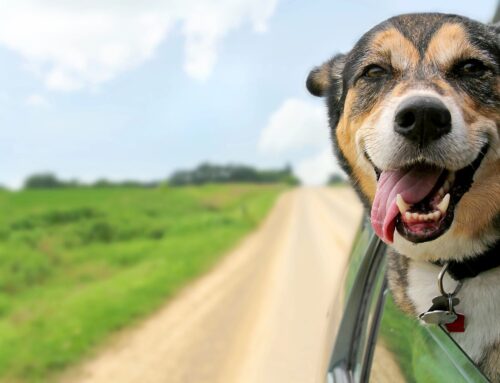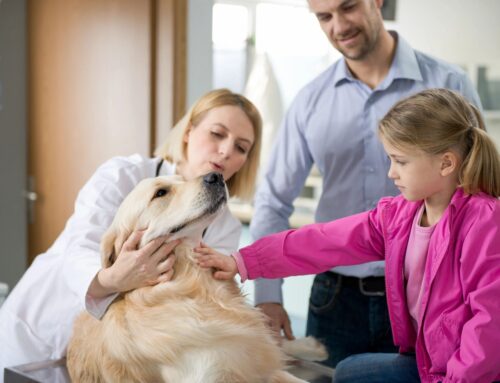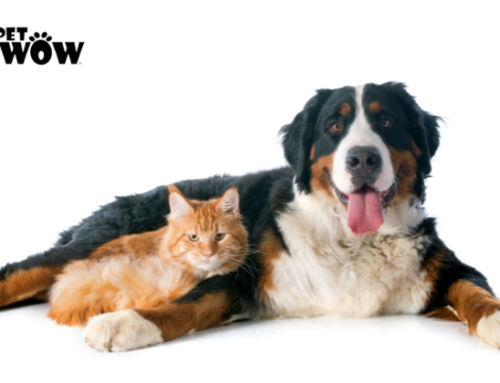As pet lovers, we value the happiness and friendship our dogs bring us. But sometimes, there’s a hidden danger in our celebrations and everyday life that can make our beloved canines very sick – chocolate. Chocolate toxicosis in dogs is a serious and avoidable threat that requires our unwavering attention. In this article, we will look into the dangers of chocolate ingestion by dogs and the signs and symptoms of chocolate poisoning. We’ll also discuss the urgency of seeking veterinary care and the crucial steps to prevent this entirely preventable danger. Remember, if you ever find yourself in a situation where your dog has ingested chocolate, PetWow’s experienced veterinary team is here to provide immediate guidance and assistance, ensuring your pet’s well-being.
Understanding Chocolate Toxicosis: The Danger Within
Chocolate, a beloved treat for many, contains two compounds that make it potentially lethal for dogs: theobromine and caffeine. Theobromine and caffeine are stimulants that belong to the methylxanthine class of chemicals. While humans can metabolize these compounds relatively efficiently, dogs process them much more slowly. Consequently, when dogs ingest chocolate, these toxins accumulate in their bodies, leading to a range of adverse effects.
Types of Chocolate
Not all chocolates are created equal when it comes to their toxic potential for dogs. Chocolate contains varying levels of theobromine and caffeine which can impact how it will impact your dog. Here’s how they rank from least to most dangerous:
- White Chocolate: Contains the least amount of theobromine and caffeine and poses the lowest risk.
- Milk Chocolate: More theobromine and caffeine compared to white chocolate but still less toxic than dark chocolate.
- Dark Chocolate: Considerably higher theobromine and caffeine content than milk chocolate, making it significantly more dangerous.
- Cocoa Powder and Baking Chocolate: These are the most potent and hazardous forms, containing the highest levels of theobromine and caffeine.
Recognizing the Symptoms of Chocolate Toxicosis
If your dog consumes chocolate, it’s crucial to be vigilant for signs of chocolate poisoning, which can vary in severity depending on the type and amount of chocolate ingested. Common symptoms include:
- Vomiting
- Diarrhea
- Restlessness and hyperactivity
- Increased heart rate
- Tremors or seizures
- Elevated body temperature
- Muscle rigidity
- Rapid breathing
- In severe cases, coma and death
Symptoms can surface within a few hours of ingestion, and their severity is influenced by factors such as the dog’s size, the amount of chocolate consumed, and individual sensitivity.
The Urgency of Seeking Veterinary Care
If you believe your dog has consumed chocolate and is exhibiting any of the aforementioned symptoms, seek veterinary attention quickly. It’s critical to seek care immediately when dealing with chocolate toxicosis, as prompt intervention can significantly improve your dog’s prognosis.
Veterinarians may employ several methods to treat chocolate poisoning, including inducing vomiting, administering activated charcoal to absorb toxins, providing intravenous fluids, and using medications to manage symptoms. The specific treatment will depend on the circumstances and severity of the poisoning.
Preventing Chocolate Poisoning: Responsible Pet Ownership
Preventing chocolate toxicosis is entirely achievable through responsible pet ownership. Educate your family members about the risks of chocolate for dogs, particularly during holidays and celebrations. Ensure all chocolate products are stored securely, out of your dog’s reach, even when they are in gift wrapping or left unattended. Provide safe, dog-friendly treats and snacks during special occasions to keep your dog from feeling left out. Keep your veterinarian’s contact information easily accessible and familiarize yourself with the nearest emergency animal clinic’s location. Being vigilant and proactive in these ways will safeguard your dog from the dangers of chocolate and ensure their long-term well-being.
Certain holidays, such as Halloween, Easter, and Christmas, are notorious for chocolate consumption. During these times, be extra vigilant:
- Halloween: Ensure that Halloween candy is kept far from your dog’s curious paws and mouth.
- Easter: Be cautious with chocolate Easter eggs and decorations that may entice your dog.
- Christmas: Keep an eye on holiday treats, chocolate ornaments, and wrapped gifts.
Keeping Your Canine Safe: Preventing Chocolate Toxicosis
Chocolate toxicosis in dogs is a perilous threat that demands our attention and responsible pet ownership. Understanding the dangers of chocolate, recognizing the symptoms of poisoning, and seeking immediate veterinary care are crucial steps in ensuring our dogs’ well-being. Remember, if you suspect your dog has ingested chocolate, don’t hesitate to contact PetWow’s experienced veterinary team for guidance and assistance. Your swift action can make all the difference in your dog’s recovery. By being vigilant, responsible, and proactive, you can protect your canine companions from the dangers of chocolate and ensure that every moment with them is filled with joy, love, and safety. Your pet’s well-being is our highest priority.
For more pet care tips, follow us on Facebook, Twitter, Instagram, Pinterest or LinkedIn!






